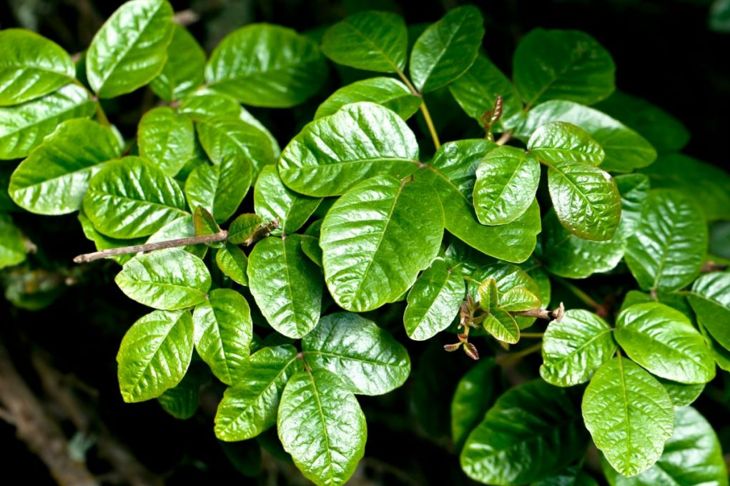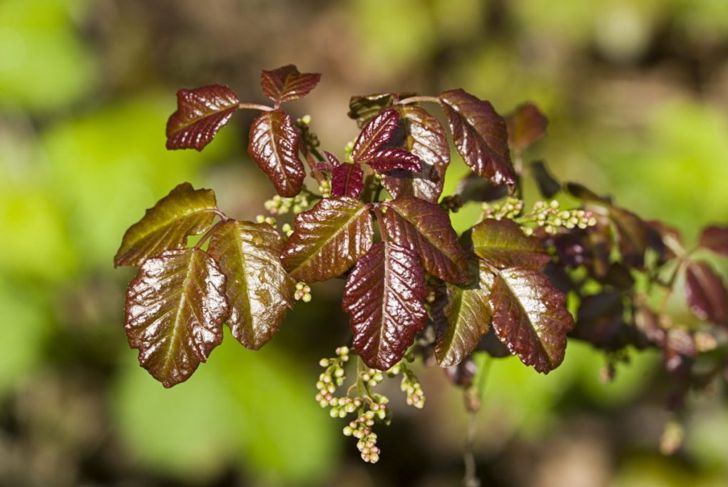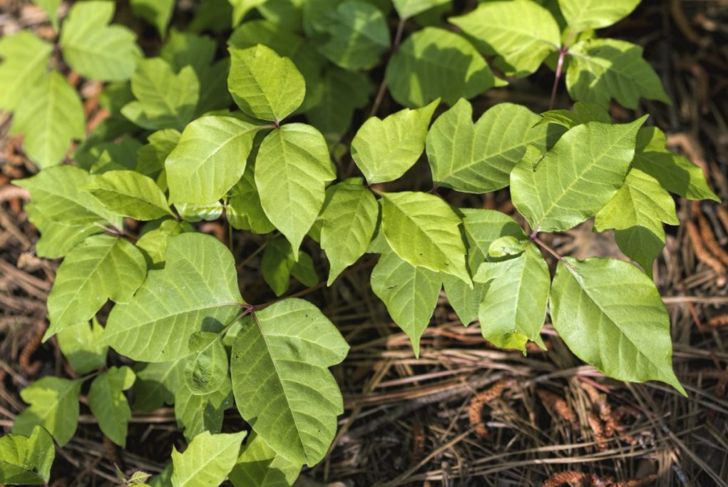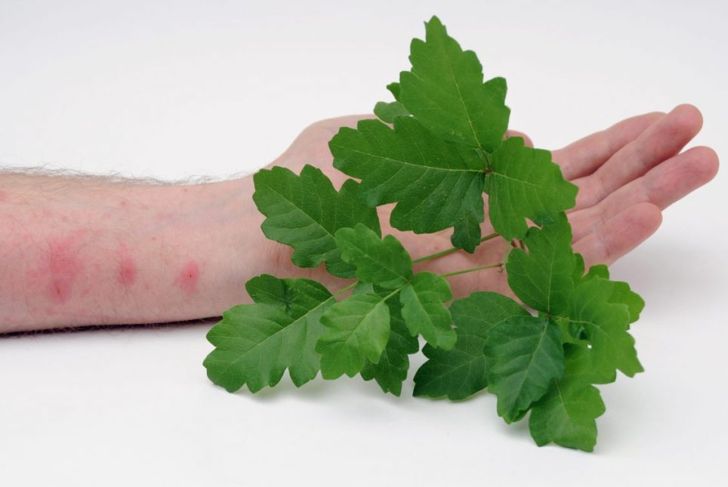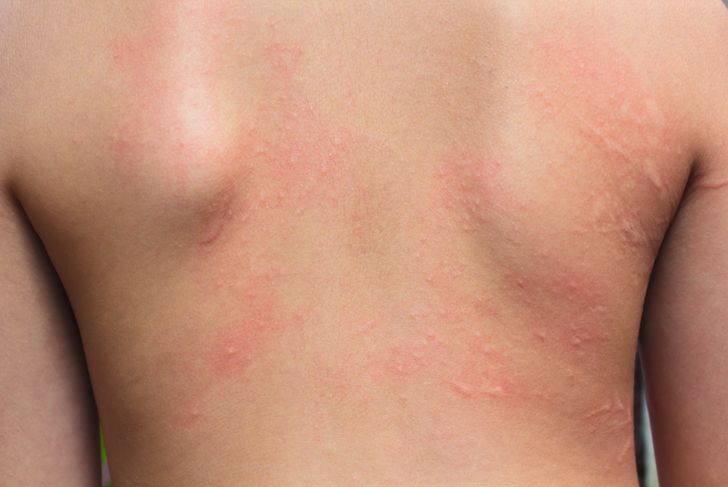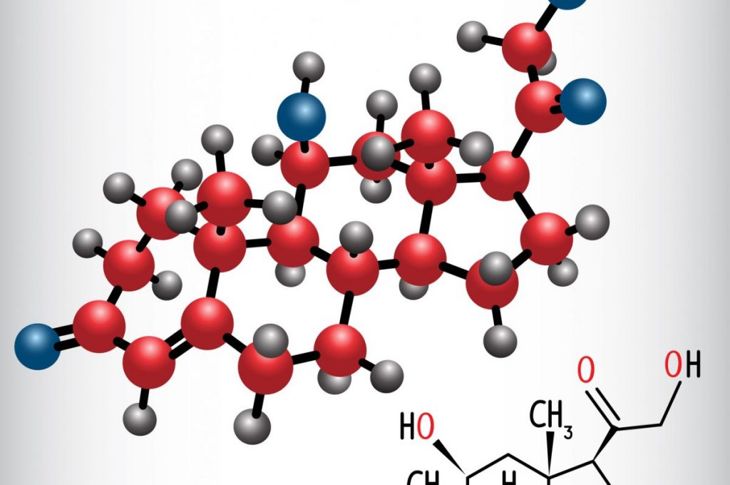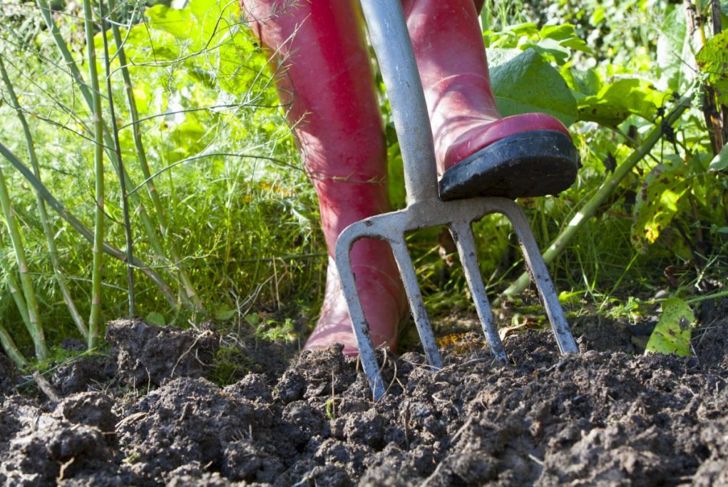Poison oak looks harmless, but anyone who comes into contact with the plant can break out into an unpleasant rash that worsens as it progresses. Some people develop bumps and blisters that ooze with liquid; others may experience life-threatening reactions that require emergency treatment. The best way to prevent rashes is to learn to recognize and avoid touching this plant.
Where Does Poison Oak Grow?
There are two types of poison oak: Pacific or western and Atlantic. The Pacific variety grows as far south as the Baja Peninsula and as far north as British Columbia, Canada but mainly hugs the western region of the continent. Atlantic poison oak grows in the southeastern part of the United States. Desert regions, Alaska, and Hawaii are the only places in North America where poison oak will not be found. In general, the plant grows in woodland areas where it easily blends into the landscape, but it can also grow in open fields and along roadsides.
What Does Poison Oak Look Like?
Poison oak is a shade-loving vine that usually features three leaflets per leaf, though it may have as many as nine leaflets per cluster. In spring, poison oak leaves are red or green and may have small greenish-yellow flowers. During the summer months, the leaves are green, and the plant may produce light green berries. Come autumn, the leaves turn shades of orange and red. The Pacific variety can grow as a small shrub rather than a tree. This plant can be tricky to identify because its appearance varies so much. Before going hiking or camping in regions where this plant grows, it is a good idea to familiarize yourself with the appearances native to that area.
Is Poison Oak Actually Poisonous?
Poison oak isn’t poisonous in the manner that snake venom is poisonous. Both well-known species of this plant contain a chemical called urushiol, to which most people are allergic. Coming into contact with even dead leaves, stems, or roots can cause severe reactions in people sensitive to this oil. People allergic to poison oak will not typically develop a rash until the second time they come into contact with it or another urushiol-producing plant, such as poison ivy or sumac.
How Is Poison Oak Rash Contracted?
Most people get the rash, a form of contact dermatitis, after touching the plant’s leaves, stems, or roots. Even when the plant is dead, the urushiol oil on the surface can trigger allergic reactions. Burning the plant releases urushiol into the air, where it can trigger both internal and external responses. Allergic reactions from inhaled substances are extremely dangerous.
What Is Poison Oak Rash Like?
Poison oak rash often appears around the wrists, ankles, and even the neck, where the skin tends to be thin. The rash is worse where the skin came into contact with the plant, though it can spread. The rash is itchy and unpleasant and typically begins with bumps that turn into oozing blisters. Swelling and hives may also develop. After a few days, the blisters form a crust as they dry and eventually fade. The rash usually appears a day or two after exposure and peaks about a week later. Severe cases may last two weeks or more.
Can Poison Oak Be Life-Threatening?
Some people can have severe reactions to poison oak, which lead to symptoms such as trouble breathing and swallowing, headaches, fever, swollen lymph nodes, nausea, or a rash that covers the genitals, eyes, or face. A rash over more than a quarter of the body is classified as severe. It is also possible for the blisters to become infected and require treatment. If someone with severe sensitivity inhales the fumes of burning poison oak plants, the symptoms can be life-threatening.
How Is Poison Oak Rash Treated?
Many people who have experienced an urushiol rash before are comfortable letting it run its course and treating it with home remedies or over-the-counter creams. If symptoms grow in severity, however, a visit to the doctor is in order. A medical professional may prescribe an oral medication or topical steroid cream. If any of the blisters become infected, antibiotics are often necessary.
What Are Home Remedies for Poison Oak Rash?
If your symptoms are not too severe and you do not feel like the reaction warrants a doctor’s visit, many over-the-counter creams, and skin-soothing lotions can alleviate the worst of the itching. Taking a cool oatmeal bath can also provide relief.
How Do I Prevent a Poison Oak Rash?
Avoiding the poison oak plant is the best way to prevent a rash. Ideally, cover as much skin as possible when hiking through wooded areas where the plant grows. Regular hikers can also buy products that help remove the urushiol oil if contact does occur, but these usually need to be used within about 15 minutes to be effective.
How are Poison Oak Plants Removed?
If the plant is growing on private property, the property owner will want to get rid of it. A combination of mechanical and chemical means is the most effective way to eliminate this tenacious plant. Keep in mind that if the urushiol gets onto the garden tools, anyone who touches the tools could develop a rash. When digging up the plant, be sure to wear protective wear and garden gloves. Dispose of the gloves and wash clothing and tools with hot water and detergent.

 Home
Home Health
Health Diet & Nutrition
Diet & Nutrition Living Well
Living Well More
More